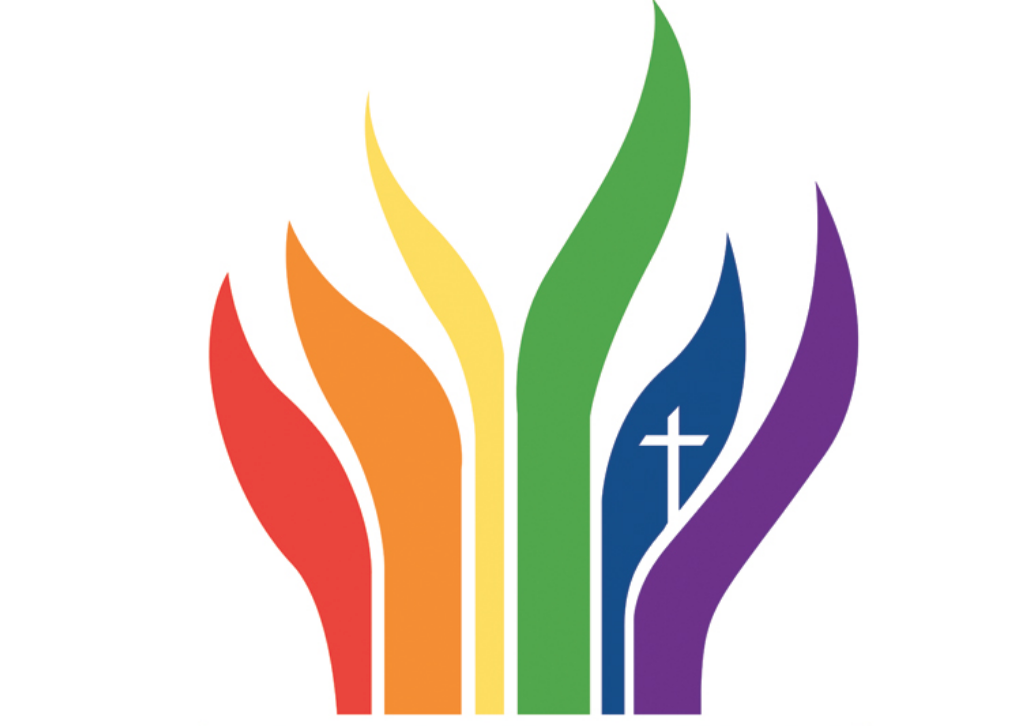Until the 1960s, more than half of Americans identified with the “Mainline” Protestant churches that “have played an outsized role in America’s history,” says a Sept. 13 report from the Public Religion Research Institute (PRRI).
No longer, as is well known among clergy and parishioners who pay attention, scholars and religion journalists.
Is this news? Throughout America’s history, no religious community has suffered anything remotely like the Mainliners’ unremitting collapse (click here for waves of Ryan Burge ink) over the past six decades — even as the national population grew.
Several recent reports indicate that this remarkable situation is continuing, and well worth updating.
Definition: “Mainline” denominations, the most prominent of which are known to sociologists as the “Seven Sisters,” have roots in the Colonial or Early Republic eras, memberships that are mostly white and relatively affluent and well-educated, affiliated with the National Council of Churches and World Council and share a doctrinal commitment to pluralism or liberalism that contrasts sharply with conservative and “evangelical” Protestant groups (including many believers in their own pews).
Last week, bishops of the Episcopal Church discussed the latest statistics during an online meeting. Though offering income has held steady, there was a 6% drop in membership from 2021 to 2022, the worst ever, and that total is down 23% over the past decade to the current 1,584,685. Average worship attendance nationwide rose a bit to 373,000, a slight bump as the COVID-19 crisis waned, but down 43% over the decade. The median local congregation now has 111 members and Sunday attendance of 35.
This denomination maintains and issues good statistics, and The Guy suggests a more thorough look would cover tell-tale indexes of vitality such as trends in infant and adult baptisms, weddings, Sunday School enrollment, ordinations and foreign mission staffs and spending. For additional info on this, see this new post from Burge: “The State of the Episcopal Church in 2022.”








